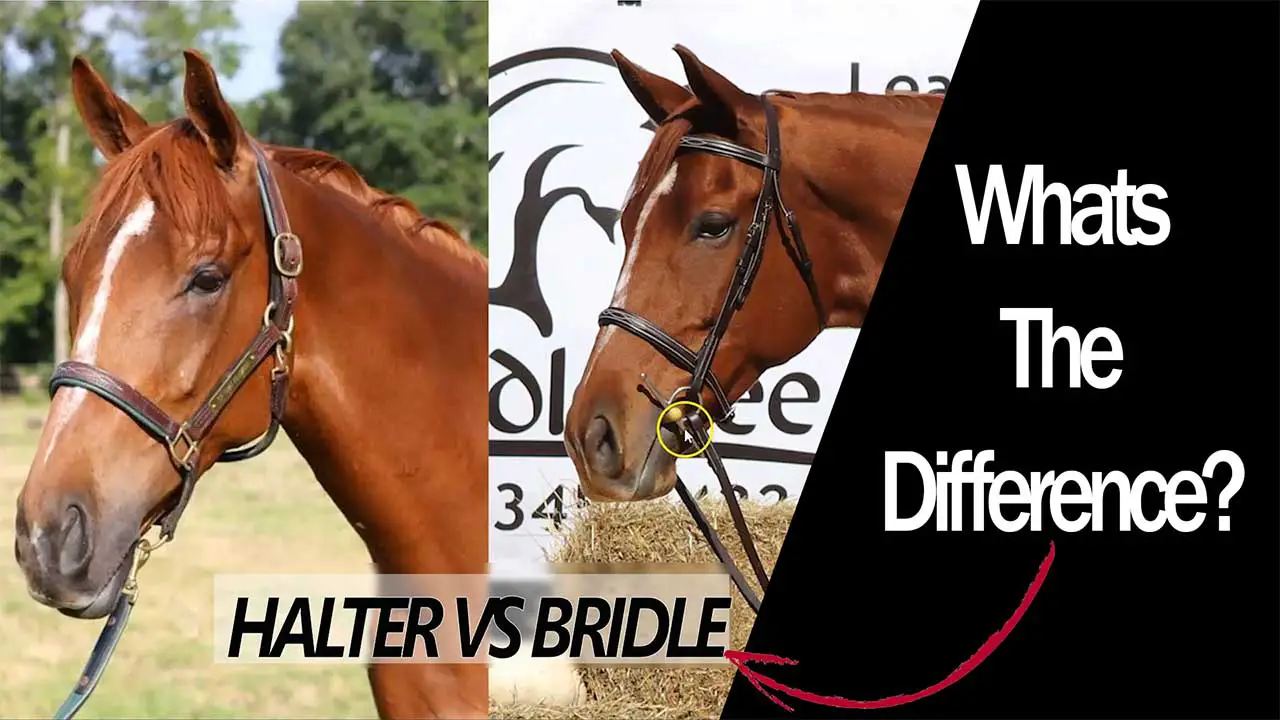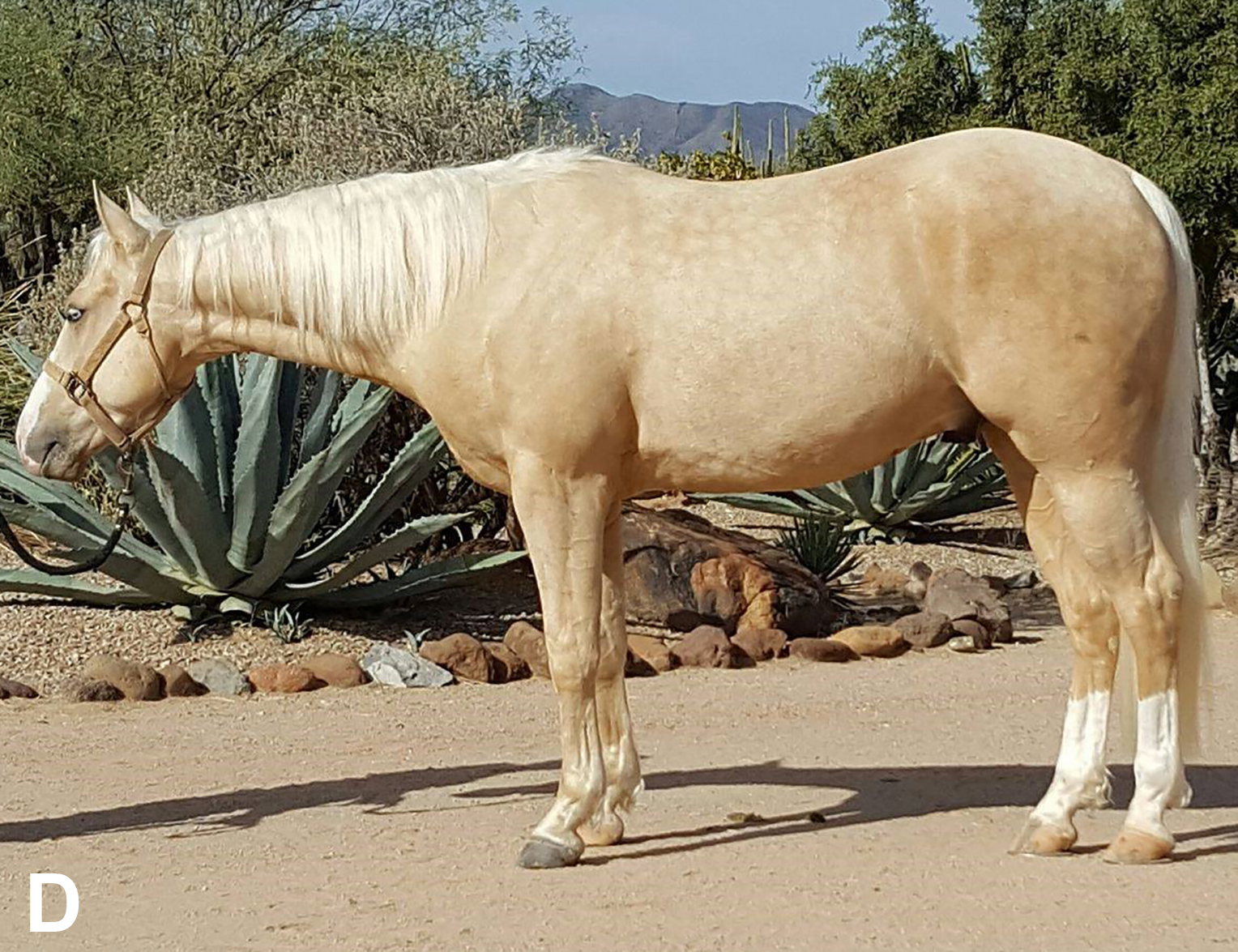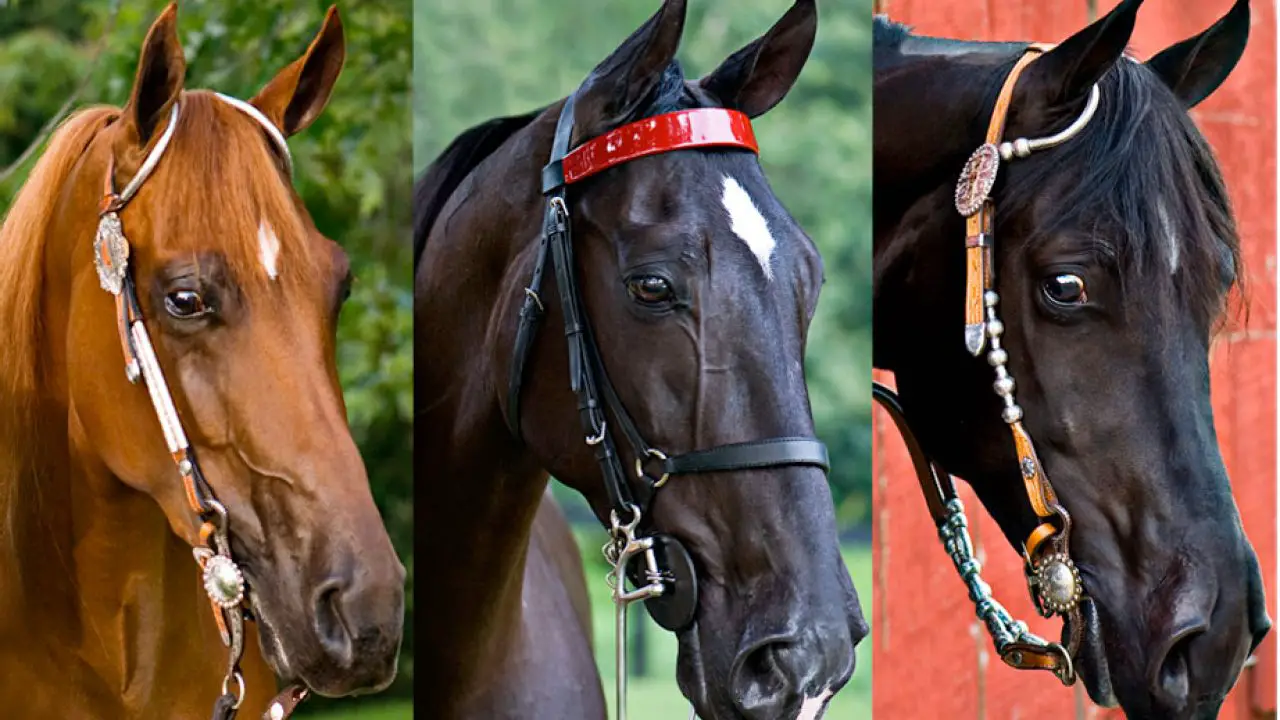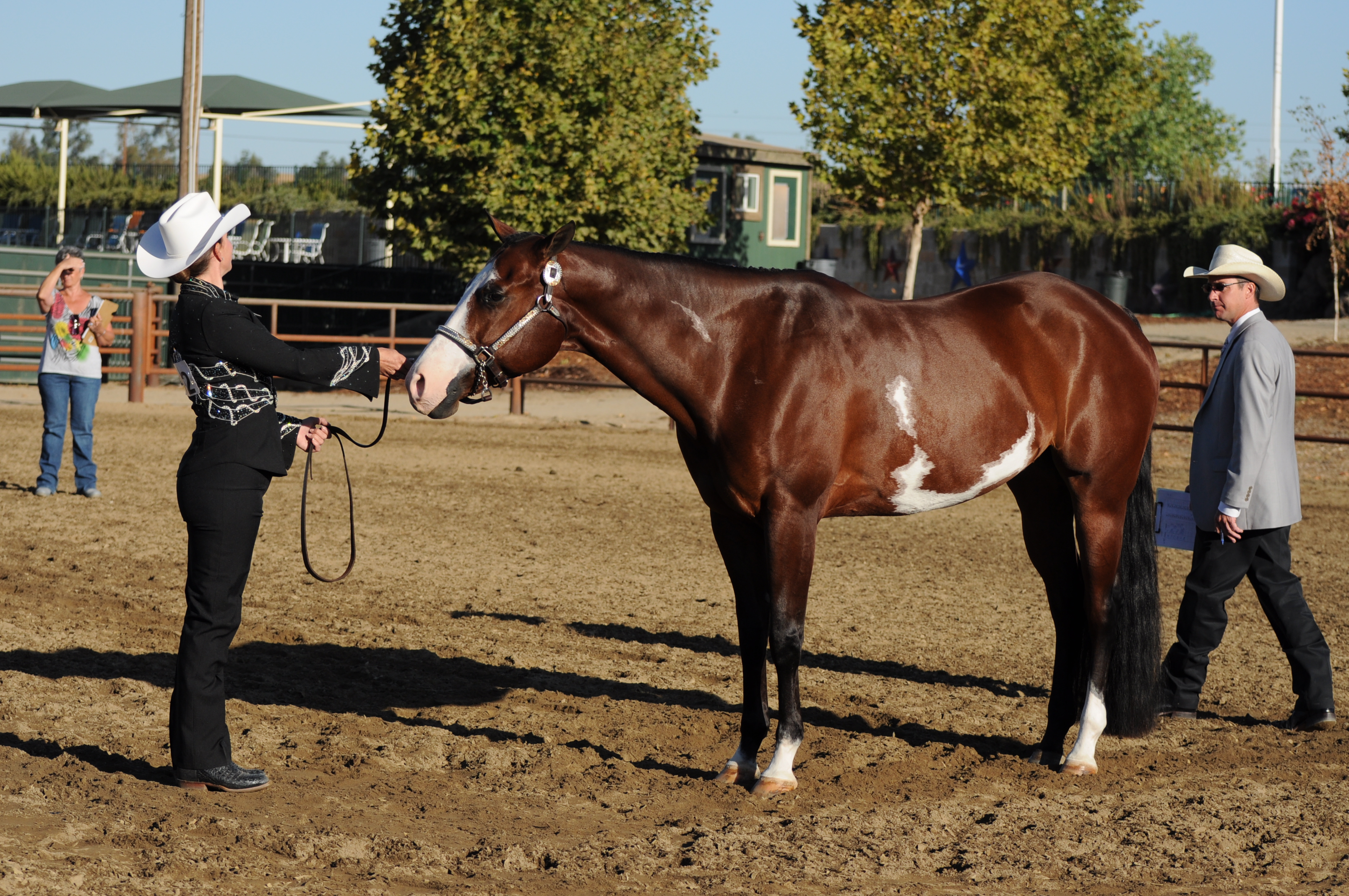When diving into the world of equestrian sports, one category that stands out is the halter horse discipline. This segment focuses on the beauty, breed standards, and physical excellence of equines. Understanding what defines a halter horse goes beyond recognizing an aesthetically pleasing animal; it involves an appreciation of genetic perfection and meticulous care.
Defining Halter Horse Conformation
Conformation in a halter horse refers to the physical structure and proportions of the animal. It is the ideal combination of bone structure, muscle development, and overall body balance that aligns with breed standards. The halter horse conformation is pivotal since it determines the suitability of the horse for breeding, performance, and their likelihood of leading a healthy life.
History and Evolution of the Halter Horse
The concept of the halter horse has evolved substantially over time. Historically, horses were judged in hand for their potential utility in work and war. Today, halter horse competitions focus on breed ideals, emphasizing traits that signify a horse’s potential in various equine disciplines. This evolution reflects breeders’ and judges’ shifting priorities, from utilitarian function to aesthetic and breed-specific excellence.
Halter Horse Breeds and Characteristics

Halter horse breeds are as diverse as the equestrian discipline itself. Each breed possesses unique characteristics that make it stand out in the show ring. Recognizing these traits is essential for breeders and competitors alike.
Popular Breeds in Halter Horse Competitions
- Quarter Horses – Known for their muscular build and versatility.
- Arabians – Admired for their distinctive head shape and high tail carriage.
- Paint Horses – Valued for their colorful coat patterns and stocky conformation.
Breed-Specific Halter Horse Conformation Standards
Each breed has its own set of conformation standards that judges look for in halter horse shows. For instance, Quarter Horses should exhibit a well-muscled body with a broad chest and powerful hindquarters, while Arabians are prized for their refined bone structure and elegant necks.
Halter Horse Training and Preparation

Success in the show ring depends on meticulous halter horse training and preparation. The process is time-consuming and requires a deep understanding of what judges are looking for in a winner.
Training Techniques for Halter Horses
Effective training techniques involve teaching the horse to stand correctly, move gracefully, and respond to subtle cues from the handler. Consistency and patience are key elements in preparing a halter horse for the competition arena.
Grooming and Presentation Tips
Grooming is a critical aspect of presenting a halter horse. A shiny coat, well-trimmed mane, and neat hooves contribute to the overall impression. Handlers must also master the art of presenting their horse to highlight its best features to the judges.
Equestrian Halter Classes and Competitions

Equestrian halter classes and competitions showcase the finest examples of equine conformation. They are events where breeding, grooming, and showmanship converge to celebrate the pinnacle of horse physicality.
Different Types of Halter Horse Shows
Shows may vary from local events to national championships, with categories often divided by breed, age, and sex. Each type of event offers a platform for exhibitors to demonstrate the excellence of their halter horses.
Understanding the Showmanship Aspect
Showmanship is the handler’s ability to present their horse effectively. It involves a combination of technique, attire, and the ability to form a harmonious partnership with the horse, creating an appealing presentation for the judges and audience.
Halter Horse Judging Criteria
The criteria for judging a halter horse are thorough and detail-oriented. Judges evaluate the animal’s adherence to breed standards and overall presentation in the ring.
Balance and Symmetry
Horses should exhibit equal proportions, with a harmonious blend of their physical features.
Structural Correctness
Solid legs, correct stance, and smooth gaits are indicators of a horse’s structural integrity.
Breed and Sex Characteristics
Judges look for clear indications that the horse exemplifies ideal traits for its breed and gender.
Muscling and Athleticism
Well-defined musculature and athletic build are essential for a top-scoring halter horse.
Caring for Your Halter Horse

Proper halter horse care is the cornerstone of any successful competitor. Careful attention to the horse’s needs ensures not only their performance in the show ring but also their overall well-being.
Nutrition and Diet Essentials
A balanced diet tailored to the horse’s specific needs is crucial for maintaining optimal health and a show-ready appearance. Nutritionists often devise feeding programs that cater to the individual animal’s requirements.
Daily Exercise and Health Care
Regular exercise is vital for keeping a halter horse in peak condition. Health care routines, including vaccinations, deworming, and dental care, are also essential components of a comprehensive care plan.
Challenges and Controversies in Halter Horse Shows

While halter horse competitions are a celebration of the equine form, they are not without their challenges and controversies. Critics often point to aspects of the discipline that they feel need addressing for the future betterment of the sport.
The Debate Over Muscle Mass and Soundness
Some argue that the emphasis on extreme muscle mass may compromise a halter horse’s soundness and longevity. This debate is ongoing in the equestrian community, with many calling for a more balanced approach to conformation standards.
Addressing Criticisms of Halter Horse Competitions
Organizations and breeders are taking steps to address these criticisms, ensuring that health and welfare are not sacrificed for aesthetic appeal. Transparent judging and ethical breeding practices are becoming increasingly important in the halter horse competition world.
The Future of Halter Horse Competitions

The future of halter horse competitions rests on the balance between tradition and innovation. As the sport evolves, so too must the practices and standards that govern it.
Emerging Trends in Halter Horse Judging
New trends in judging are beginning to emphasize the importance of functionality and soundness alongside conformation. This shift indicates a move towards a more holistic view of the halter horse.
If you’re delving into the world of equine terminology and care, understanding the different types of horses and their purposes is key. For instance, you might be curious about what exactly a halter horse is and how it differs from other types. In addition to halter horses, other specific terms you may come across include horse lorries, gelding horses, and charger horses. You can learn more about the transportation aspect by reading our article on what is a horse lorry. For insights into horse breeding and management, our explanation of what is a gelding horse will be quite informative. And to dive into the historical significance of horses, don’t miss our piece on what is a charger horse, which discusses the role these horses played in the past. Each of these articles offers a glimpse into the fascinating and varied roles horses have played throughout history and continue to play today.
Promoting the Welfare of Halter Horses
Advocacy for the welfare of halter horses is gaining traction. Efforts to ensure that the animals lead happy, healthy lives are integral to the sustainability and integrity of the discipline. As we look forward, the equestrian community continues to adapt, always with the best interest of the horse at heart.



